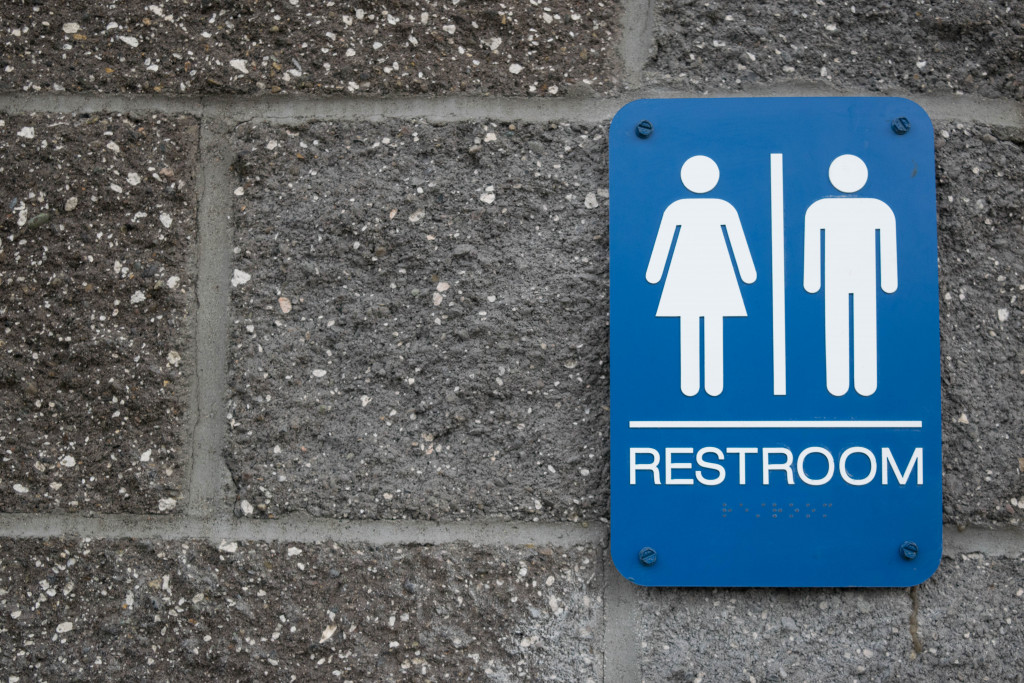Whether you’re planning a large outdoor event or want to offer a better working experience at a job site, you must consider a dependable porta potty rental. Even with ongoing health safety restrictions, portable toilet services are now actually in increasing demand. Portable sanitation is a growing concern as more people go back to workplaces and hold social events.
If you are thinking of getting portable restrooms, you’ll need an accurate picture of your portable sanitation needs. Here are the most important things you need to know.
Where to Use Porta Potties
The first portable toilets were an accidental innovation. Shipyard companies introduced makeshift restrooms in the 1940s because workers were taking too long between bathroom trips. They had to go back and forth between the ships and the dock. Portable toilets improved efficiency all around.
Nowadays, people wouldn’t do any outside work or enjoy outdoor recreation and celebrations without portable restrooms. Here are different places you’ll see a porta john:
— Construction, Industrial and Government Sites
— Camp Sites
— Military Installations
— Disaster Relief Operations
— Outdoor Concerts and Other Outdoor Celebrations
… or any other place where restroom facilities are not possible.

How Portable Toilets Work
A standard porta potty is made up of the following features:
— the roof has a tank vent (material is generally translucent for better lighting)
— plastic walls made up of high-density polyethylene with aluminum support
— a door with a lock/occupancy indicator
— a toilet seat on top of a discreet tank filled with a blue liquid
(this deodorizes and treats waste with biocide)
— one non-splash urinal
— support base that steadies the portalet
A person does their business, and their waste is stored in a portable tank. The staff then uses a vacuum pump to clean the tanks at a scheduled time. The stall is also cleaned off and disinfected to be ready for the next day’s use. Depending on your rental contract, you can ask your porta johns to be cleaned at least once / or several times a day, twice a week, or something in between.
The most common question is if people can do a number two in porta-potties. They can. You can request a flushing porta potty if needed.
A portable toilet service, in general, has a cleaning crew that monitors your public restroom areas for upkeep. Rental companies usually have trucks that have holding tanks to consolidate all the waste. They hold all the waste that is siphoned off from each cleaned stall.
Most porta potty services also include toilet paper as part of a standard package. More deluxe packages now will add in LED lights for evening use, as well as handwashing and hand sanitizing stations.
Tips for Getting The Best Out of Your Portable Toilet Rental Service
While all porta-potty rentals offer similar services, you should get one that’s customized for your needs. Shop around in your local area and see if they fit the following criteria:
- Do they have a flexible cleaning schedule?
- What installation techniques do they use to secure porta johns?
- What cleaning or disinfecting solutions do they use?
- Can they offer fast repairs, if needed?
Ask if they have had experience with your kind of project and ask for client reviews upfront.
It’s always a good idea to choose a local service. You’ll get faster service. This is critical for any workplace or event.
Any situation with a restroom emergency should always be avoided so that you don’t stall important work or sour any social event. A local company is more like to offer a more personal service.
Take note that if you have food and beverage or concessions on-site, there will be more heavy use of your restroom facilities. Your porta potty rental costs depend not just on how many you will need but also on how often the stalls will need to be serviced (cleaned). You’ll also need to pay extra if special location considerations make for difficult installations.
The standard ratio for porta potties is 1 per 100 people – set by the Portable Sanitation Association International (PSAI). This may sound like the bare minimum, but keep in mind that a person only usually uses a toilet every 3 hours. You also might need to comply with OSHA standards, which would require toilets that are accessible to people with special needs.

